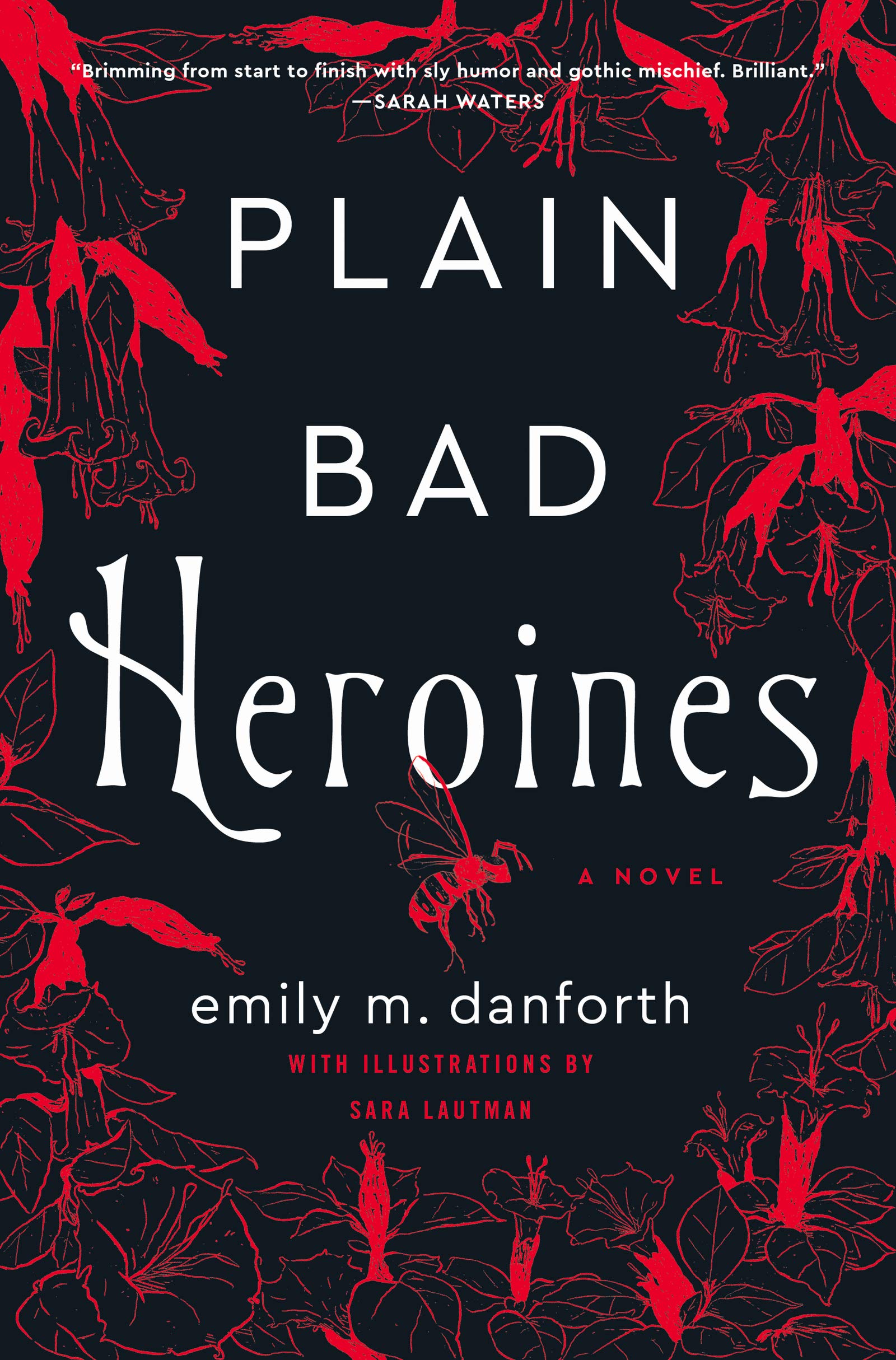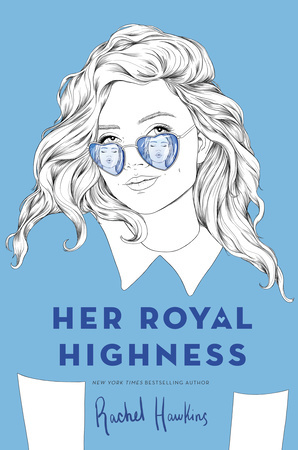Amazon Affiliate Link | Bookshop.org Affiliate Link I feel a little “dead dove, do not eat” about this reading experience. I went into it looking for a creepy, unsettling read and then finished feeling unnerved and unhappy about feeling that way. So while I didn’t enjoy this read as a whole, that’s down to myRead More
Meagan Kimberly reviews Plain Bad Heroines by Emily M. Danforth, illustrated by Sara Lautman
Amazon Affiliate Link | Bookshop.org Affiliate Link The book starts with The Story of Mary MacLane, a real-life figure in writing. It’s this book that the girls of Brookhants School for Girls center their Plain Bad Heroines Society around. But when three girls die and the book is found at both death scenes, it soonRead More
Carolina reads A Lesson in Vengeance by Victoria Lee
“Dark Academia” is a cultural trend sweeping Tumblr and Tiktok, an eclectic sub-community gauzed in stark, academic aesthetic and darkly gothic themes. On any dark academia moodboard, you can find androgynous tweed suits, dark libraries, sepia-tined cigarette smoke. However, the trend has little place for female characters or sapphic relationships, as it primarily focuses onRead More
Danika reviews Plain Bad Heroines by Emily M. Danforth
I finished this book back in November, but I have frankly been intimidated to review it. This is a big, twisty, ambitious novel that I’m still processing now, but I’m going to give it my best shot. I have been eagerly awaiting this book ever since I finished the last page of The Miseducation of CameronRead More
Danika reviews Her Royal Highness by Rachel Hawkins
If you’re looking for a fun f/f YA romcom, this is the perfect fit. I’ve been on a bit of an audiobook slump lately. I am very picky when it comes to audiobooks: they have to have the right narrator, and an interesting enough plot to pull me in, but it also has to beRead More

